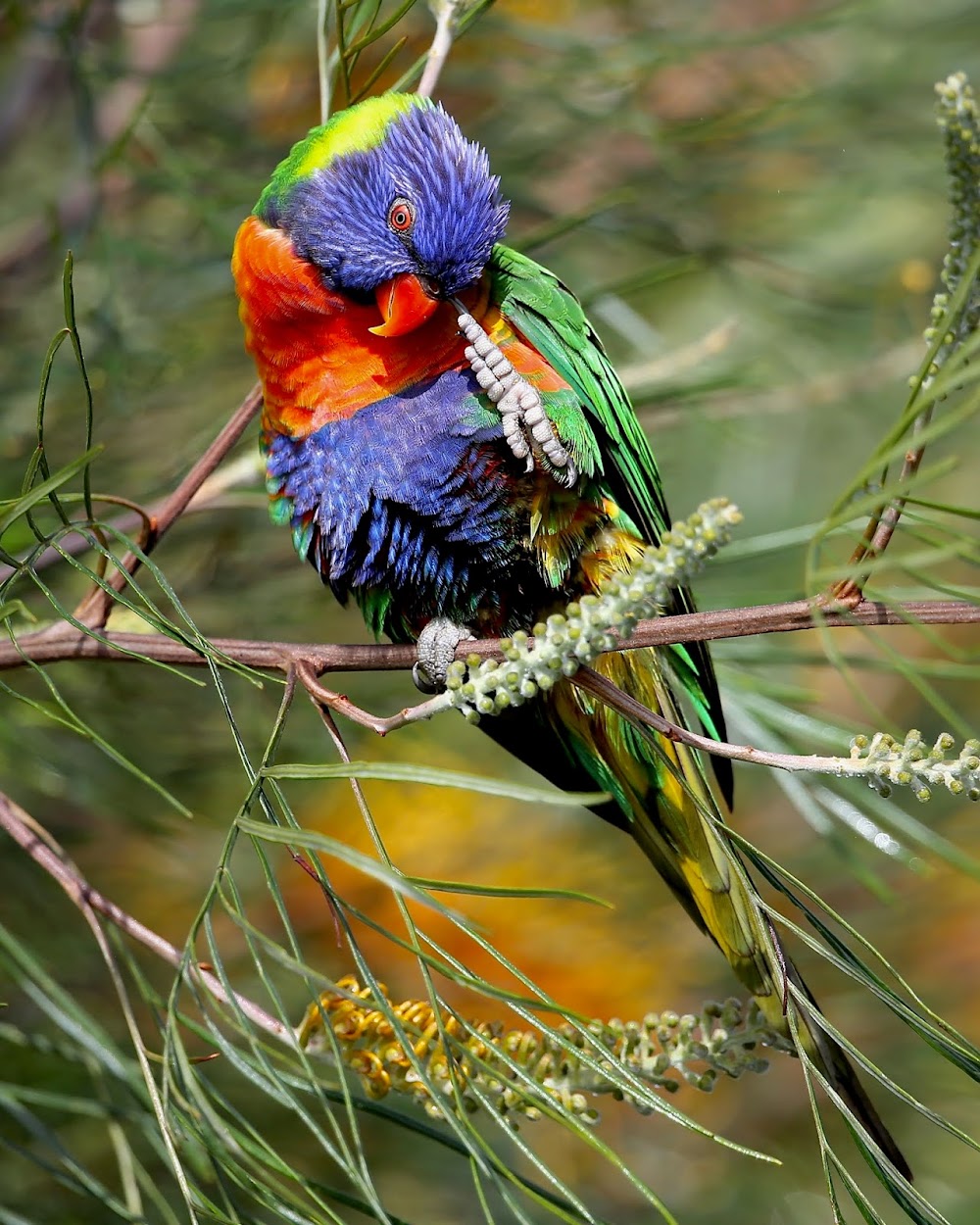Flat Rock is a popular ocean beach site on the northern fringe of Ballina NSW. The name Flat Rock derives from a relatively large and flat basalt rock platform covered at high tide and exposed at low tide. The platform edges support a rich cover of short sea weeds and abundant stands of Cunjevoi (Sea Squirts)(1) which in turn provide a substrate and nooks and crannies for algae, sea weeds, star fish, molluscs, crustaceans such as small crabs and in addition there are small fish in the tidal pools.
As a young boy exploring ocean rock pools I was fascinated by sea squirts and confess to the joy of prodding these seemingly rock like structures to make them squirt a jet of water. When a little older I was further fascinated to discover these primitive marine creatures are not plants but a member of the animal kingdom.
Life here in the intertidal zone on an ocean beach must be tough for the intertidal inhabitants because large waves pound the rocks as the tides ebb and flood. Flat Rock is a popular spot with local birders because it attracts a number of migrant shorebird species which no doubt find rich pickings in this environment.
On a recent visit to Flat Rock at low tide on 1 September 2020 we readily found about 200 roosting Crested Terns, four Pied Cormorants, a few Great and two Little Black Cormorants plus Pied and Sooty Oystercatchers and one White-faced heron, which were all obvious.
Less apparent were about six Red-necked Stints and sixteen Ruddy Turnstones, most likely all recently returned from Arctic regions(2). They all seemed hungry and were busy feeding among the Cunjevoi close to the edge of the rock platform and close to the crashing waves. We first spotted the shorebirds when they flew to avoid sea water wash.
The day was moderately stormy and rain threatened.
The following photos show Red-necked Stints with a little breeding colour still in their plumage foraging in the short sea weed and adult non-breeding Ruddy Turnstones foraging on the Cunjevoi.
Please click on photos to enlarge.
If you look closely at the following photo you will see the bird has found a small black and white banded crab.
You can read more about Ruddy Turnstones in this earlier post:
http://avithera.blogspot.com/2015/04/ruddy-turnstones-at-port-fairy.html
Note (1) Cunjevoi, an Aboriginal word for the sea squirt, Pyura stolonifera, which is a primitive form of marine life. You can read more about these creatures here:
https://australian.museum/learn/animals/sea-squirts/cunjevoi/
Note (2) Not all migrant shorebirds migrate north to breeding grounds each year. Some overwinter in the south or do leave but stop short of the breeding grounds along the migration flyways and may return early. Juvenile birds may not reach a point of maturity where they are ready to breed so wisely do not embark on a long and hazardous journey when there is no biological/reproductive imperative to do so. So the Flat Rock birds may not have recently returned from the high Arctic.


































